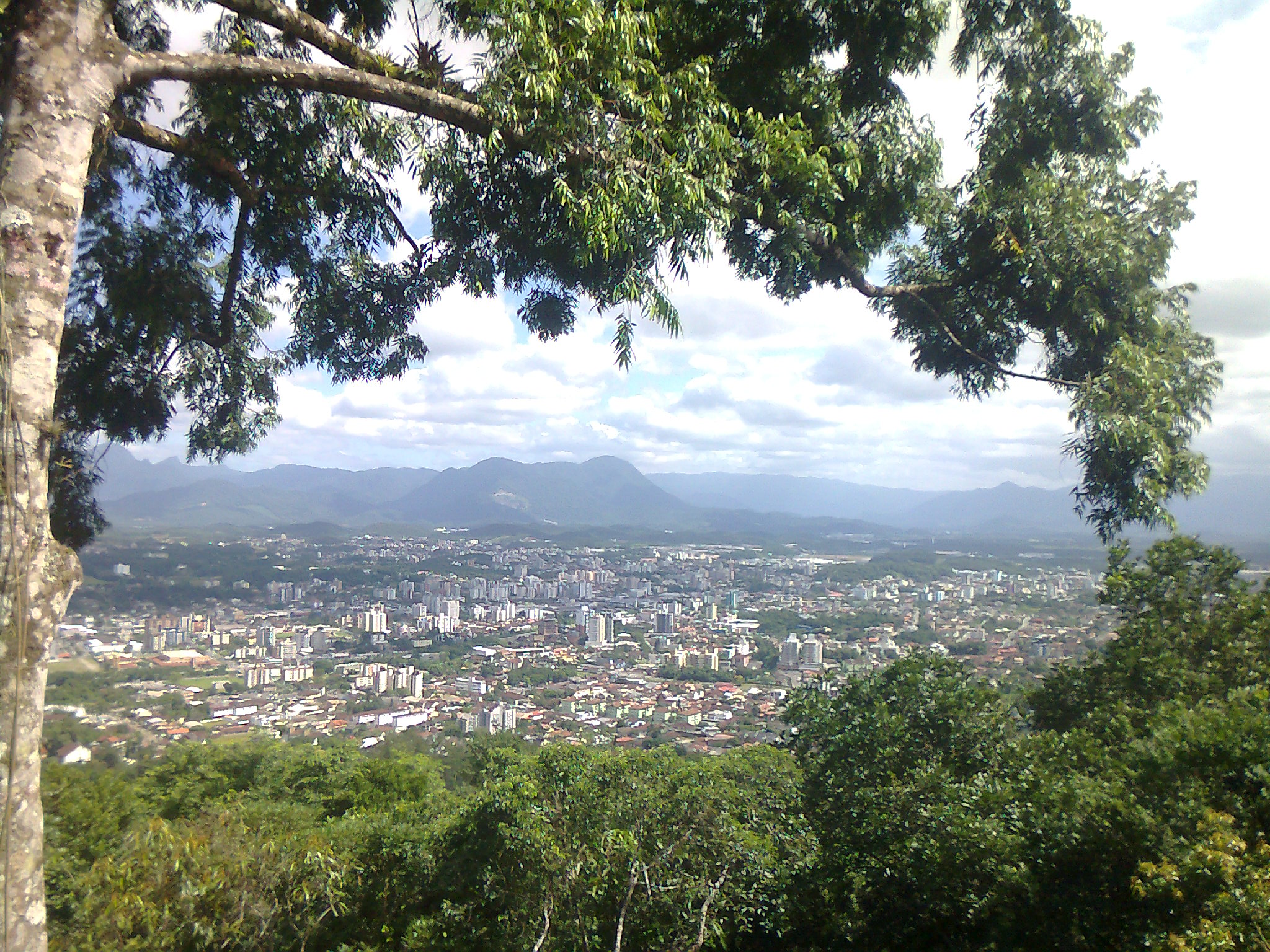
Uploaded on 2017-08-15 by Thiago Augusto Neiva de Lima
Compulsory exercise 2 1. Check the temperature differences in US cities Detroit Up to 22F (12C) hotter than rural areas nearby Average 3.8F (2C) hotter summer than rural áreas 10 more days above 90f (32°C) than rural areas Los Angeles Up to 27F (15C) hotter than rural áreas nearby Average 2.4F (1C) hotter summer than rural áreas 5 fewer days above 90f (32C) than rural areas Denver Up to 23F (13C) hotter than rural áreas nearby Average 4.9F (3C) hotter summer than rural áreas 26 more days above 90f (32°C) than rural areas 2. Which are the main UHI effects that you can identify in your area? Here in Brazil, there was a study checking the temperature differences between an urban area and a rural area of the city of Iporá, state of Goiás. The data was collected at winter season - 2015 june to august - which is the dryest season of the year. Those conditions increase the effects of the UHI. The rural area was covered by green areas such as fields and small trees and there were two dams for water supply of the rural activities. The urban area was formed by pavemented streets, houses and commercial buildings with an intense flow of people and vehicles. In this study, the urban temperatures collected were around 6ºC hotter than the rural ones. In Joinville, Brazil which is the city I live there is also a very significant temperature difference between rural and urban areas, mostly due to the conditions. Rural area: high density of trees and green areas and low density of human occupation, such as buildings and low flow of vehicles; urban areas: high levels of human occupation, high buildings, intense flow of vehicles and people, high impermeabilization of the soil, lower density of trees and green areas.The combination of these factors increase the temperature differences between rural and urban areas, causing the UHI effects. 3. Which are the measures you would propose? I would plant more trees and create more parks throughout the city. I would also encourage people to plant their own trees on their backyard, for example. Campaigns for public transportation and alternative ones: bicycle, walking, car sharing and so on. Also, in the zoning of the city, the government can restrict the density of high buildings on the same block, for example. That way you can decrease the damages of the UHI ensuring that the air circulation won’t be stopped. 4. Is UHI effect concerning policy making in your area? There are rules about permeability and occupation, also restriction about heights of the buildings, although there aren’t restriction towards too many high buildings at the same zone/ region, for example. There are projects of public arborization in progress, such as the creation of new parks and exclusive street lanes for public transportation. Also there are cycle lanes that has been implanted.